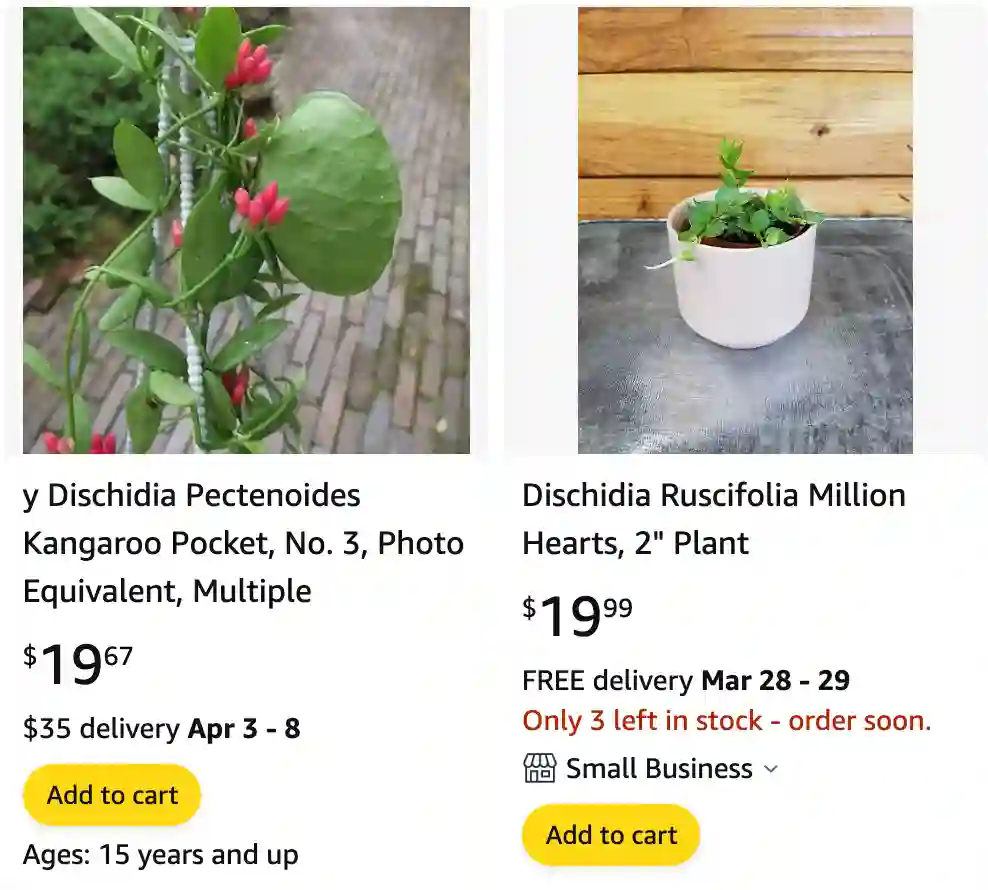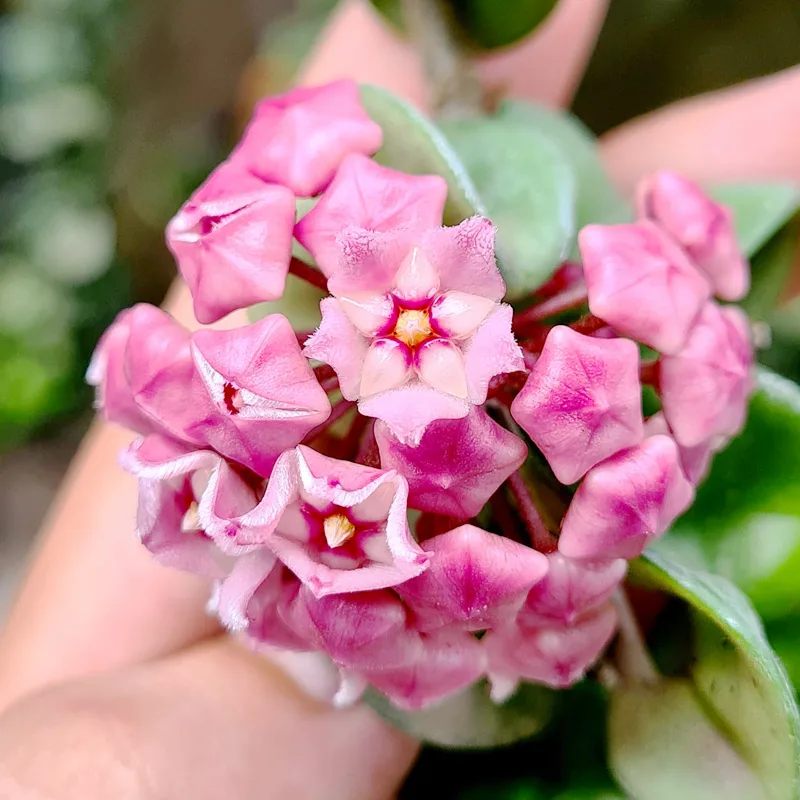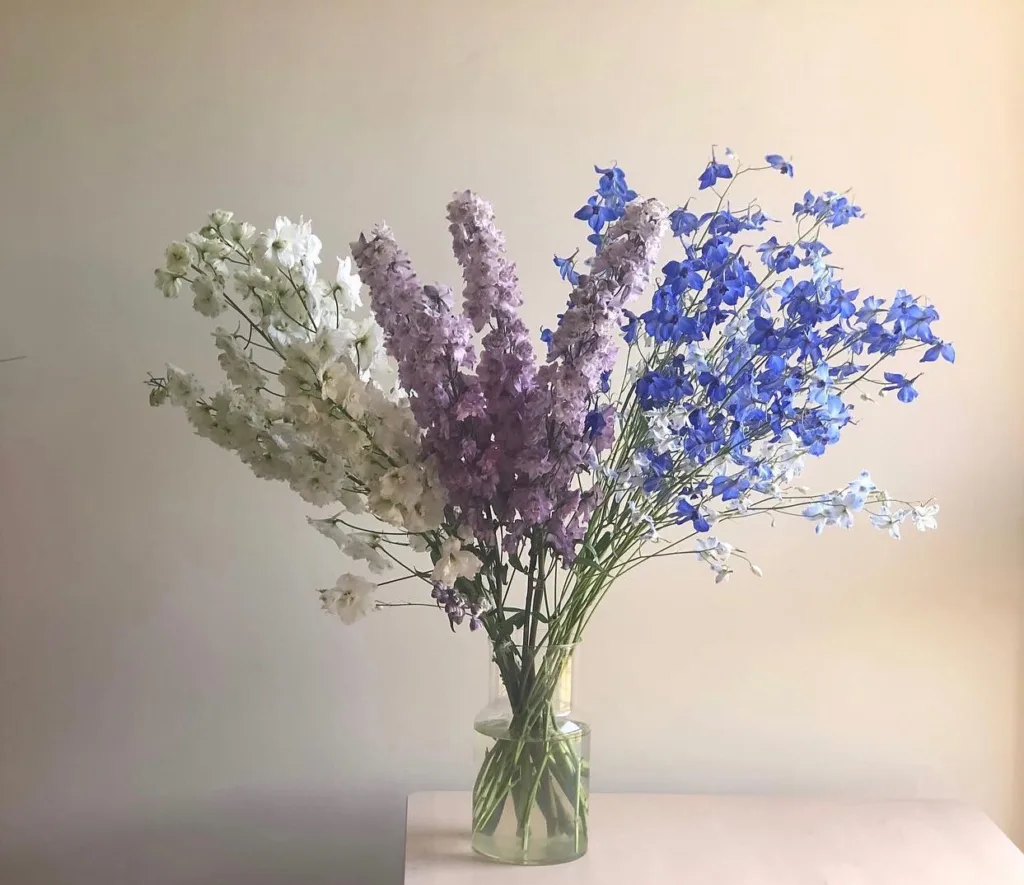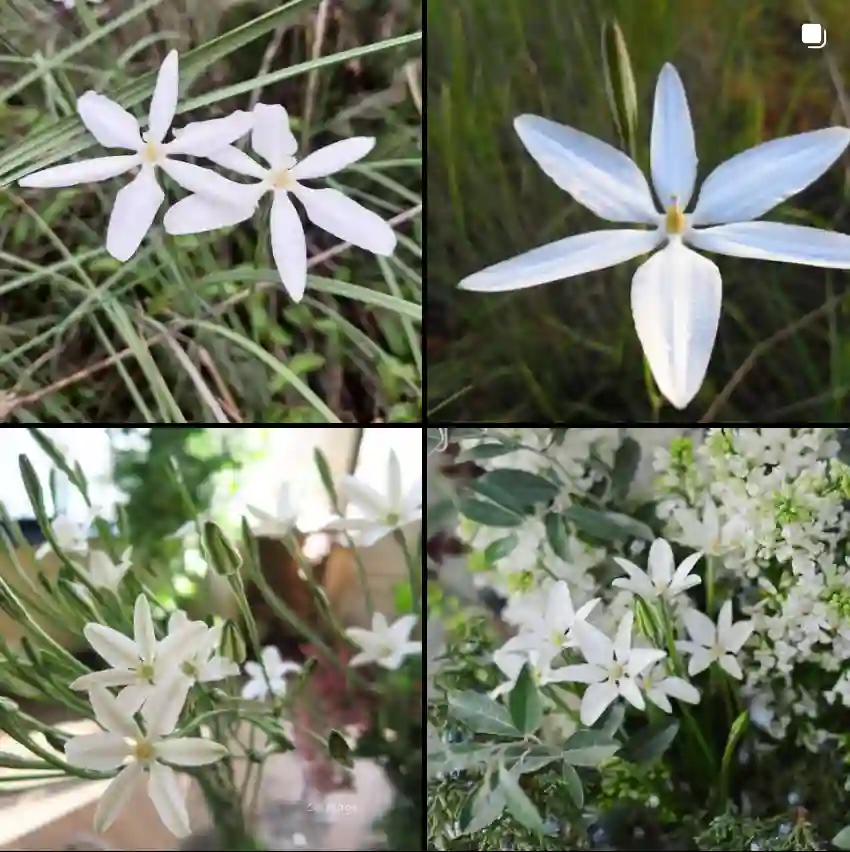
My Fascination with Dischidia: A World of Unique Adaptations
Hi, I’m Ferb Vu, and I’m absolutely captivated by the genus Dischidia. These fascinating plants, belonging to the milkweed family Apocynaceae, are epiphytes, meaning they grow on other plants for support, typically trees, without being parasitic. Native to the tropical regions of Southeast Asia, Australia, and the Pacific Islands, they’ve evolved some incredible adaptations to thrive in their arboreal habitat.
What truly sets Dischidia apart are their unique leaves. While some species have ordinary, flattened leaves, others have evolved highly specialized forms. These can be pouch-like, pitcher-like, or even resemble hollow, inflated balloons. These modified leaves serve a crucial purpose: they create microhabitats that trap water and nutrients, providing the plant with resources in its often nutrient-poor environment.
Diversity within Dischidia: A Plethora of Forms
The genus Dischidia boasts a remarkable diversity of species, each with its own distinct characteristics. Here are:
- Dischidia aberrans Schltr.
- Dischidia acuminata Costantin
- Dischidia acutifolia Maingay ex Hook.f.
- Dischidia albida Griff.
- Dischidia albiflora Griff.
- Dischidia alternans Schltr.
- Dischidia amphorantha K.Schum. & Lauterb.
- Dischidia angustifolia Miq.
- Dischidia antennifera Becc.
- Dischidia argentii Arshed, J.R.Callado & Tandang
- Dischidia asperifolia Schltr.
- Dischidia astephana Scort. ex King & Gamble
- Dischidia atropurpurea Schltr.
- Dischidia bengalensis Colebr.
- Dischidia bisetulosa O.Schwartz
- Dischidia boholensis (Schltr.) Livsh.
- Dischidia calva Kerr
- Dischidia carinata (Schltr.) Arshed, Agoo & Rodda
- Dischidia chinensis Champ. ex Benth.
- Dischidia cleistantha Livsh.
- Dischidia clemensiae Schltr.
- Dischidia cochleata Blume
- Dischidia collyris Wall.
- Dischidia cominsii Hemsl.
- Dischidia complex Griff.
- Dischidia cornuta Livsh.
- Dischidia crassifolia Zipp. ex Schltr.
- Dischidia crassula Schltr.
- Dischidia cyclophylla Schltr.
- Dischidia cylindrica W.W.Sm.
- Dischidia dasyphylla Schltr.
- Dischidia deschampsii King & Gamble
- Dischidia digitiformis Becc.
- Dischidia dohtii T.B.Tran & Livsh.
- Dischidia dolichantha Schltr.
- Dischidia elmeri Schltr.
- Dischidia ericiflora Becc.
- Dischidia formosana Maxim.
- Dischidia fruticulosa Ridl.
- Dischidia galactantha K.Schum.
- Dischidia gibbifera Schltr.
- Dischidia glabrata Arshed & Tandang
- Dischidia griffithii Hook.f.
- Dischidia hahliana Volkens
- Dischidia hirsuta (Blume) Decne.
- Dischidia hollrungii Warb. ex K.Schum. & Lauterb.
- Dischidia hoyella Omlor
- Dischidia imbricata (Blume) Steud.
- Dischidia immortalis Guillaumin
- Dischidia incrassata (Schltr.) Arshed, Agoo & Rodda
- Dischidia indragirensis Schltr.
- Dischidia insularis Schltr.
- Dischidia kerrii Kidyoo & Suddee
- Dischidia khasiana Hook.f.
- Dischidia kutchinensis Becc.
- Dischidia lanceolata (Blume) Decne.
- Dischidia lancifolia Merr.
- Dischidia latifolia (Blume) Decne.
- Dischidia lauterbachii K.Schum.
- Dischidia listerophora Schltr.
- Dischidia litoralis Schltr.
- Dischidia longe-pedunculata Ridl.
- Dischidia longiflora Becc.
- Dischidia longifolia Becc.
- Dischidia luzonica (Schltr.) Arshed, Agoo & Rodda
- Dischidia major (Vahl) Merr.
- Dischidia mariae (Schltr.) Arshed, Agoo & Rodda
- Dischidia maxima Koord.
- Dischidia melanesica Fosberg
- Dischidia meleagridiflora O.Schwartz
- Dischidia merrillii Schltr.
- Dischidia micholitzii N.E.Br.
- Dischidia micrantha Becc.
- Dischidia milnei Hemsl.
- Dischidia neurophylla Lauterb. & K.Schum.
- Dischidia nicobarica Didr.
- Dischidia nummularia R.Br. Plant FAQs: Dischidia Nummularia – String of Nickels
- Dischidia oblongata Arshed, Agoo & Rodda
- Dischidia obovata Decne.
- Dischidia oiantha Schltr.
- Dischidia ovata Benth. Plant FAQs: Dischidia Ovata
- Dischidia oxyphylla Miq.
- Dischidia papuana Warb.
- Dischidia parasita (Blanco) Arshed, Agoo & Rodda
- Dischidia parvifolia Ridl.
- Dischidia peltata Blume
- Dischidia phuphanensis Chatan & Promprom
- Dischidia picta Blume
- Dischidia platyphylla Schltr.
- Dischidia polilloensis Kloppenb.
- Dischidia polyphylla Ridl.
- Dischidia puberula Decne.
- Dischidia pubescens Ridl.
- Dischidia punctata (Blume) Decne.
- Dischidia purpurea Merr.
- Dischidia quinquangularis Schltr.
- Dischidia reniformis Schltr.
- Dischidia retusa Becc.
- Dischidia rhodantha Ridl.
- Dischidia rimicola Kerr
- Dischidia rosea Schltr.
- Dischidia roseoflavida Schltr.
- Dischidia rostrata Arshed, Agoo & Rodda
- Dischidia rumphii Miq.
- Dischidia ruscifolia Decne. ex Becc.
- Dischidia saccata Warb.
- Dischidia sagittata (Blume) Decne.
- Dischidia sarasinorum Warb.
- Dischidia scortechinii King & Gamble
- Dischidia singularis Craib
- Dischidia soronensis Becc.
- Dischidia spironema Turcz.
- Dischidia squamulosa Becc.
- Dischidia striata Schltr.
- Dischidia subulata Warb.
- Dischidia superba Rintz
- Dischidia thaithongiae Kidyoo
- Dischidia thongphaphumensis Samsungnoen, Kidyoo & A.Kidyoo
- Dischidia tjidadapensis Bakh.f.
- Dischidia tomentella Ridl.
- Dischidia tonkinensis Costantin
- Dischidia tonsuensis T.Green & Kloppenb.
- Dischidia torricellensis (Schltr.) P.I.Forst.
- Dischidia tricholoba Kerr
- Dischidia trichostemma Schltr.
- Dischidia truncata (Blume) Decne.
- Dischidia vadosa Rintz
- Dischidia vidalii Becc.
Are Dischidia toxic to cats?
Dischidia plants are generally non-toxic to cats, which is a relief for me as a pet owner. However, it’s always a good idea to monitor your pets and keep potentially harmful plants out of their reach.
How to care for Dischidia?
My Dischidia is such a trooper! It’s been hanging out in my bathroom for over a year now, thriving in the steamy showers. I learned the hard way that it hates soggy soil, so I switched it to a pot with orchid bark for drainage. Now, I only water it when the vines get a little soft and the leaves feel slightly wrinkled. It seems much happier that way. For light, I keep it a few feet back from a south-facing window. It gets some bright indirect sun in the mornings, which seems to keep it really bushy. I might try misting it more often though, just to see if it encourages it to grow even faster.
How to propagate Dischidia?
Propagating Dischidia is relatively easy. I usually take stem cuttings with a few leaves attached and root them in water or a well-draining soil mix. Once roots develop, I transplant them into their own pots. They root readily, making propagation a fun and rewarding process.
Is Dischidia a Hoya? Dischidia vs Hoya
Dischidia is not a Hoya, but they are closely related and belong to the same family, Apocynaceae. They share some similarities, such as their trailing growth habit and succulent-like leaves, but they are distinct plants with their own unique characteristics. Dischidia plants seem easier to care for because they don’t mind a bit of neglect, whereas Hoyas need a bit more attention to thrive.
Can you group Dischidia in soil?
Yes, you can group Dischidia in soil. In fact, they often thrive when planted together in a hanging basket or shallow container, allowing their trailing stems to cascade over the edges. Just make sure the soil is well-draining to prevent waterlogged conditions.
Is Dischidia toxic to dogs?
As far as I know, Dischidia plants are generally non-toxic to dogs. However, it’s always a good idea to monitor your pets and keep potentially harmful plants out of their reach.
Why is my Dischidia dying?
If your Dischidia is dying, it could be due to various factors such as overwatering, underwatering, poor soil drainage, or insufficient light. I would first assess its growing conditions and make any necessary adjustments. Trim away any dead or yellowing foliage and provide the plant with proper care to encourage recovery. If the problem persists, it might be helpful to consult with a plant expert or horticulturist for further advice.
If i die, water my plants!



